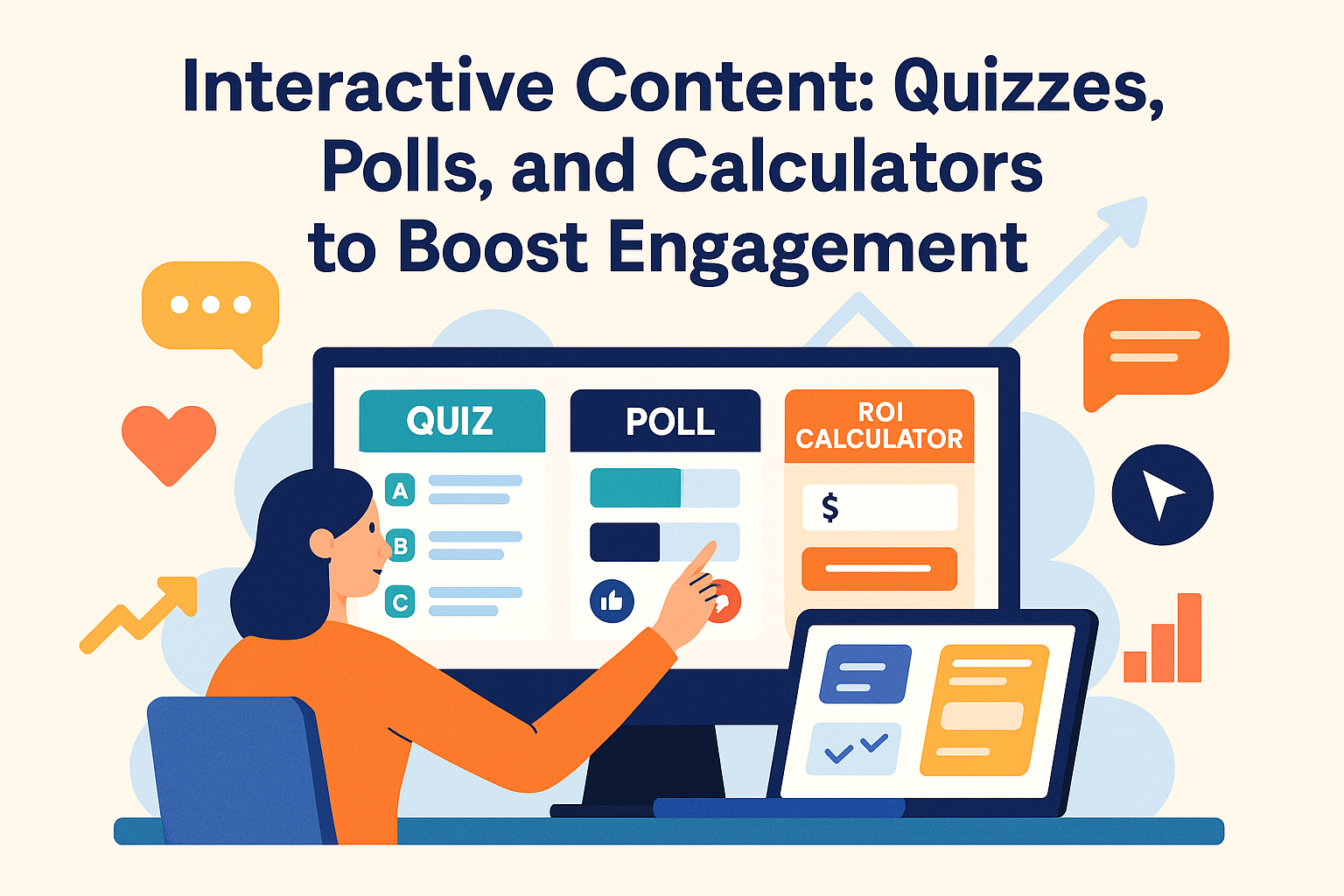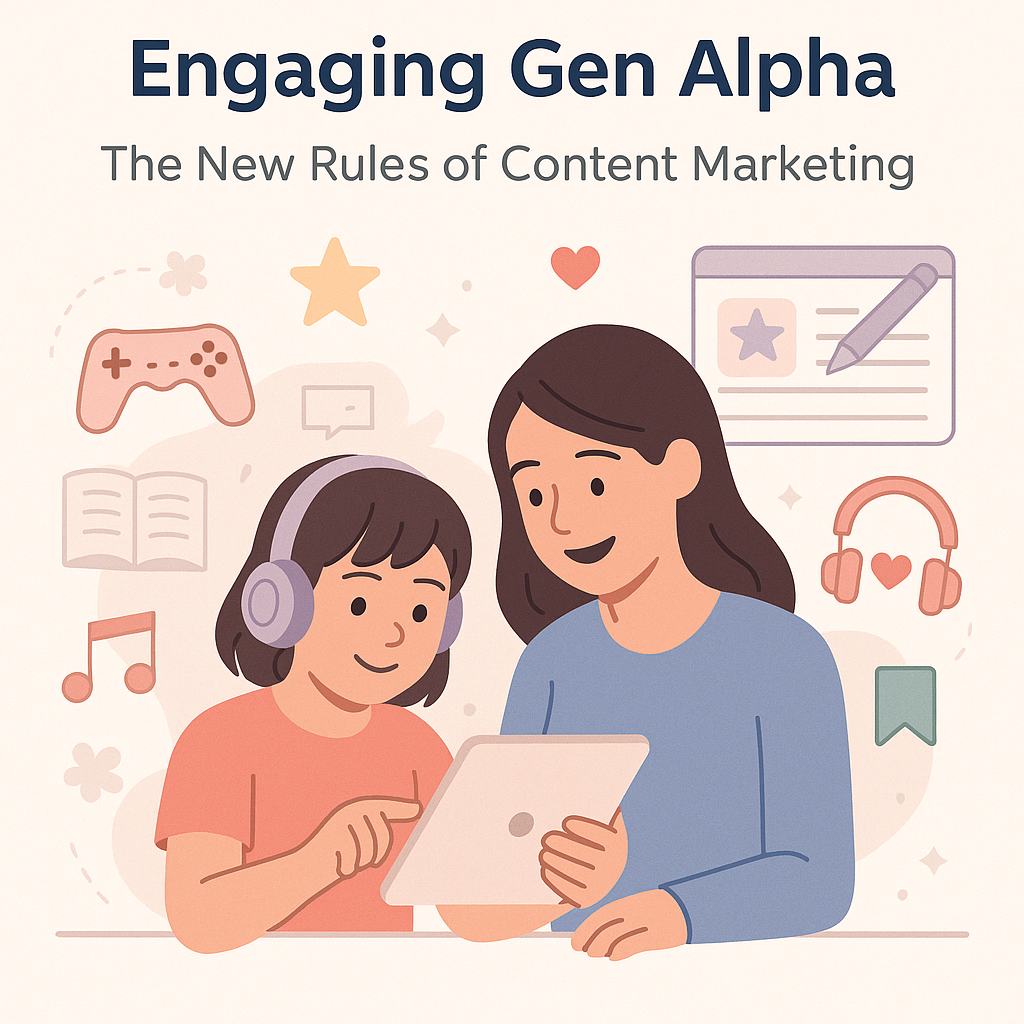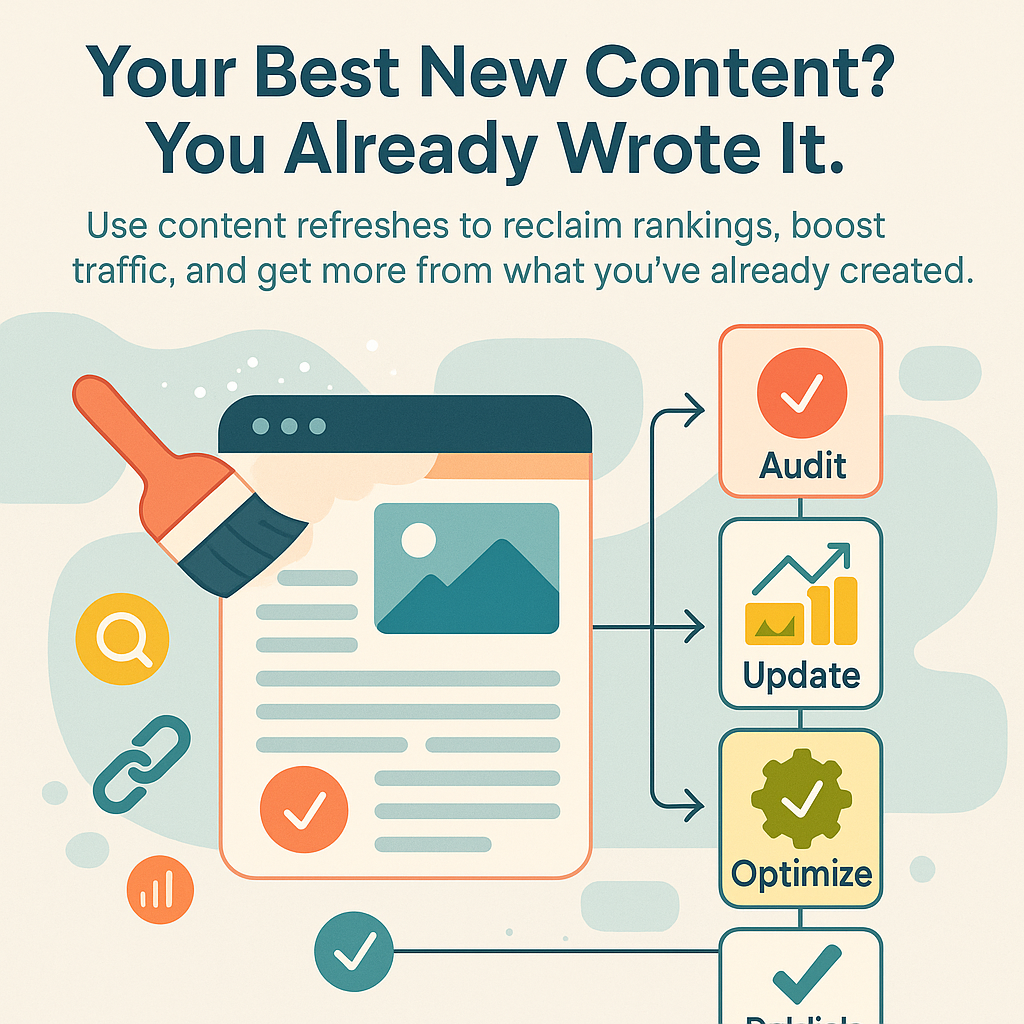The Art of Storytelling: How to Create a Brand Narrative that Resonates
Humans are wired for story. It’s how we make sense of the world. From ancient campfires to modern boardrooms, stories are the currency of our lives. They are how we connect, how we learn, and how we remember. In the constantly changing world of modern marketing, one element has stood the test of time… storytelling.
But let’s be honest. The way most companies market themselves feels less like a story and more like a sales pitch shouted into a hurricane. Today’s consumers are bombarded with thousands of marketing messages a day. Your website, your social media, your ads, they’re all competing with a million other things for a sliver of attention. Facts, figures, and feature lists all blur into a sea of noise. Traditional marketing is no longer enough to capture attention, let alone build loyalty.
So how do you rise above the noise? You don’t shout louder. You tell a better story.
This article will teach you how to transform your brand’s message from a simple sales pitch into a compelling narrative that captivates your audience, builds lasting loyalty, and drives business success. You will learn the frameworks used by the world’s most iconic brands to turn customers into advocates. This is how you stop selling and start connecting.
The #1 Mistake in Brand Storytelling (And How to Avoid It)
Here’s the thing. Most businesses get brand storytelling completely wrong from the very first sentence. They make themselves the hero of the story.
Think about it. Their website says, “We are the leading provider of…” or “Our innovative solutions…” It’s all about them. They are the star of the show. But your customer doesn’t care about you. They care about themselves. They have a problem they need to solve, a goal they want to achieve.
This is the golden rule of brand storytelling, a principle made famous by frameworks like StoryBrand and backed by research from places like Harvard Business School: The brand is not the hero of the story; the customer is.
Your brand is the guide. You are Obi-Wan Kenobi, not Luke Skywalker. You are the wise mentor who has the plan, the tools, and the empathy to help the hero succeed. When you position your customer as the hero, you’re not just selling a product; you’re inviting them on a transformational journey. Your brand’s role is to give them the map and the sword to slay their dragons.
Why is this so powerful? Because it shifts the entire focus from your company’s greatness to your customer’s success. It shows that you understand their struggle, and you have the expertise to help them win. This empathy is the foundation of a story that resonates and builds deep, lasting trust.
Finding Your Narrative: 3 Powerful Storytelling Frameworks
Once you accept that your customer is the hero, you need a structure to tell their story. A good story isn’t just a random collection of events; it follows a proven pattern. These frameworks are like blueprints for building a compelling brand narrative. They provide the structure, and you provide the soul.
Here are three of the most effective frameworks you can use:
Framework | The Core Idea | Best For |
1. The Three-Act Structure | Setup → Confrontation → Resolution. The classic hero’s journey where a problem disrupts the status quo and your brand provides the resolution. | Creating a comprehensive, overarching brand narrative with a clear beginning, middle, and end. |
2. Problem-Agitate-Solve (PAS) | Identify a pain point, pour salt on the wound by exploring the frustrations, and then present your brand as the perfect solution. | High-impact copywriting, landing pages, and ad campaigns where you need to generate a strong emotional response quickly. |
3. The Golden Circle (Why-How-What) | Start with Why you exist (your purpose), move to How you fulfill that purpose (your process), and end with What you do (your product). | Building a mission-driven brand that connects with customers on a level of shared values and beliefs. |
Let’s look a little closer at each one.
The Three-Act Structure is the backbone of almost every story you’ve ever loved. In Act 1 (The Setup), we meet the hero (your customer) in their ordinary world, but they have a desire for something more. In Act 2 (The Confrontation), they face a major obstacle that stands in their way. This is where the tension builds. In Act 3 (The Resolution), the guide (your brand) gives them the tool or plan they need to overcome the obstacle and achieve their goal. It’s a satisfying arc that makes your brand an integral part of the hero’s victory.
Problem-Agitate-Solve (PAS) is a more direct and punchy framework, perfect for a landing page or an email campaign. You start by clearly identifying the customer’s problem. Then, you agitate it. You don’t just state the problem; you explore the frustration, the anxiety, and the negative consequences it causes. You make the customer feel understood. Only then do you present your product or service as the solution, the relief from all that agitation. It’s emotionally powerful because it follows a natural human pattern: we don’t look for a solution until we truly feel the pain of the problem.
The Golden Circle, popularized by Simon Sinek, is about building a brand that stands for something. Most companies communicate from the outside in. They start with what they do (“We sell computers”), then maybe explain how they do it (“They’re user-friendly”). But very few can clearly articulate why they do what they do. The “why” isn’t about making money; it’s your purpose, your cause, your belief. Apple is the classic example. They don’t just sell electronics. They exist to challenge the status quo and empower individuals. By starting with “why,” you attract customers who share your beliefs. You build a tribe, not just a customer base. This is the heart of emotional branding.
Bringing Your Story to Life: Your 4-Step Implementation Plan
Knowing the frameworks is one thing. Putting them into practice is another. So, how do you actually create a brand story that sells? Here is a practical, 4-step plan that synthesizes the best ideas from these frameworks into a guide that any business can follow.
Step 1: Pinpoint the Conflict
Every great story starts with a conflict. Without a problem, there is no story. Your customer (the hero) must be facing a challenge. Your job is to define that challenge with absolute clarity. But here’s a pro tip: the problem your customer has isn’t just the obvious, external one. It usually exists on three levels.
External Problem: This is the surface-level issue. “I need a new website” or “I need to lose weight.”
Internal Problem: This is the frustration the external problem causes. “I feel overwhelmed by technology” or “I feel insecure about my appearance.”
Philosophical Problem: This is the bigger “why” behind the problem. “Small businesses deserve to compete online” or “Everyone deserves to feel confident and healthy.”
Great brands speak to all three levels. Your website design and development service isn’t just about code; it’s about giving small business owners the confidence to compete. Your marketing message becomes infinitely more powerful when you show that you understand the hero’s internal frustrations and philosophical struggles, not just their external needs.
Step 2: Define Your Brand’s Role (The Guide)
Now that you’ve defined the hero’s problem, it’s time to introduce yourself. But remember, you are not the hero. You are the guide. A guide has two essential qualities: empathy and authority.
Empathy: You need to show your customer that you understand their struggle. Simple phrases like, “We understand how frustrating it is when…” or “You’re not alone in feeling…” can build an immediate connection. It shows you’ve been there, you get it, and you’re on their side.
Authority: After you show empathy, you need to demonstrate your competence. Why are you the right guide to help them? This is where you can showcase your experience, your testimonials, your awards, or your process. It’s not about bragging; it’s about building trust. It gives the hero the confidence to follow your lead.
Your website and SEO efforts should be built around this principle. Every page should communicate empathy and authority, assuring the customer that they have found the right partner to help them solve their problem.
Step 3: Create a Clear Plan
Heroes are often hesitant to take action because they are confused or afraid. The path forward seems complicated. A good guide removes this confusion by giving the hero a simple, clear plan to follow. This plan should be no more than 3-4 steps. It’s not your entire project proposal; it’s a simple bridge to get the customer to take the first step.
For example, a plan for a web design agency might be:
Schedule a Call: Let’s talk about your goals.
Get a Custom Plan: We’ll create a roadmap for your new site.
Launch Your New Site: Start winning more customers online.
See how simple that is? It takes the customer from a place of uncertainty to a clear path forward. It removes the feeling of being overwhelmed and makes success feel achievable. This plan should be featured prominently on your website, in your emails, and in your sales conversations.
Step 4: Show Them What Success Looks Like
The final piece of the puzzle is to paint a vivid picture of what success looks like. How will the hero’s life be better after using your product or service? You need to show them the “after” state. Don’t just list features; describe the transformation.
But just as importantly, you need to remind them of what’s at stake. What are the negative consequences of not solving this problem? This contrast between the
failure state (what happens if they don’t choose you) and the success state (how their life improves if they do) creates a powerful motivation to act.
For success, you could say: “You’ll finally have a website that makes you proud, one that works 24/7 to bring in new projects.”
For the failure state, you might contrast it with: “You’ll continue to lose bids to competitors with a more professional online presence, wondering why your great work isn’t getting the attention it deserves.”
This isn’t about fear-mongering. It’s about clarifying the choice. You are showing the hero that they are at a crossroads, and you are offering them the path to a better future.
Your Story is Your Strategy
Let’s bring it all home. Facts tell, but stories sell. In a world of infinite choice, the brand with the better story wins. Your brand is more than a logo and a product; it’s a story waiting to be told. And when you stop selling and start storytelling, you don’t just gain customers, you build a loyal audience.
A great brand story is not an accident. It’s a strategy. It makes the customer the hero. It uses a proven framework to create a narrative that connects. And it follows a clear implementation plan to bring that narrative to life across every part of your business.
So, what’s your story?
Coming Up Next: Now that you have the blueprint for your brand’s narrative, how do you get your customers to help you tell it? In our next article, we’ll explore the incredible power of customer-generated content. We’ll look at how to move your customers from passive consumers to active advocates in "From Influencers to Advocates: The Power of Customer-Generated Content."


